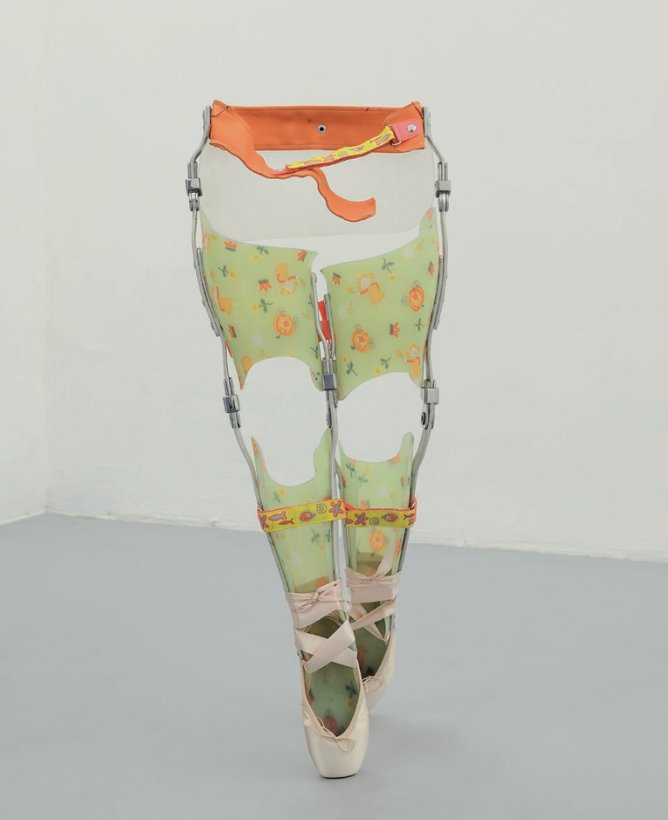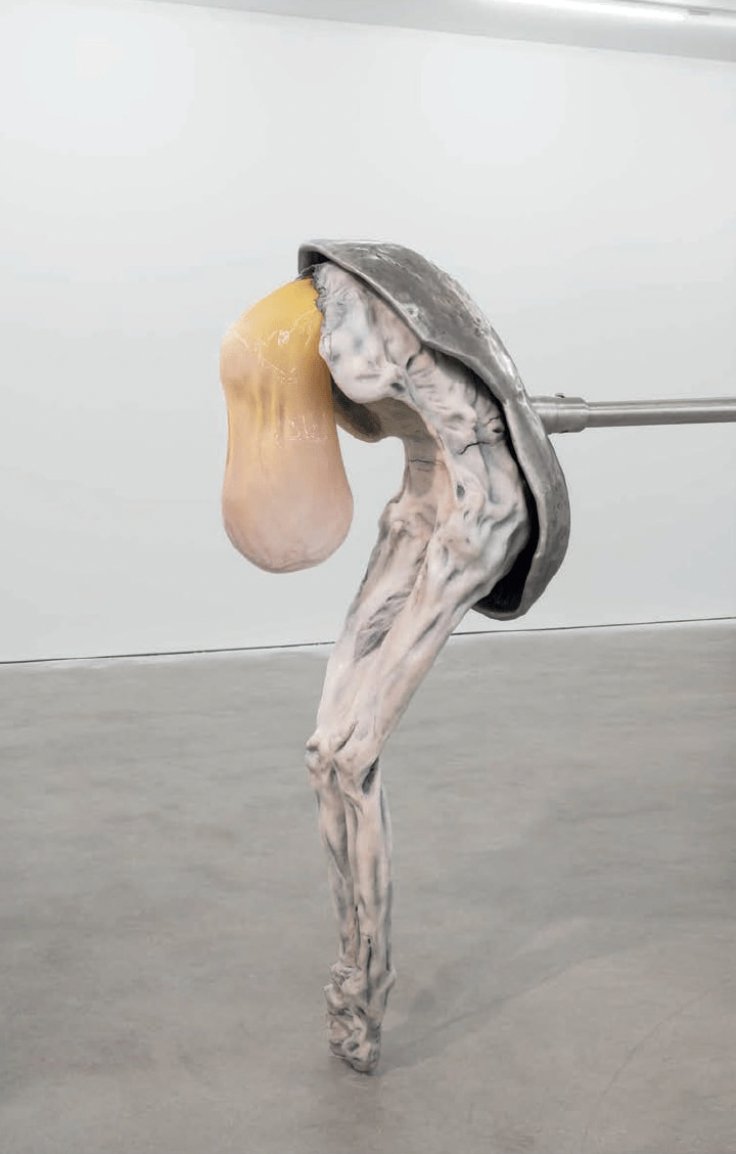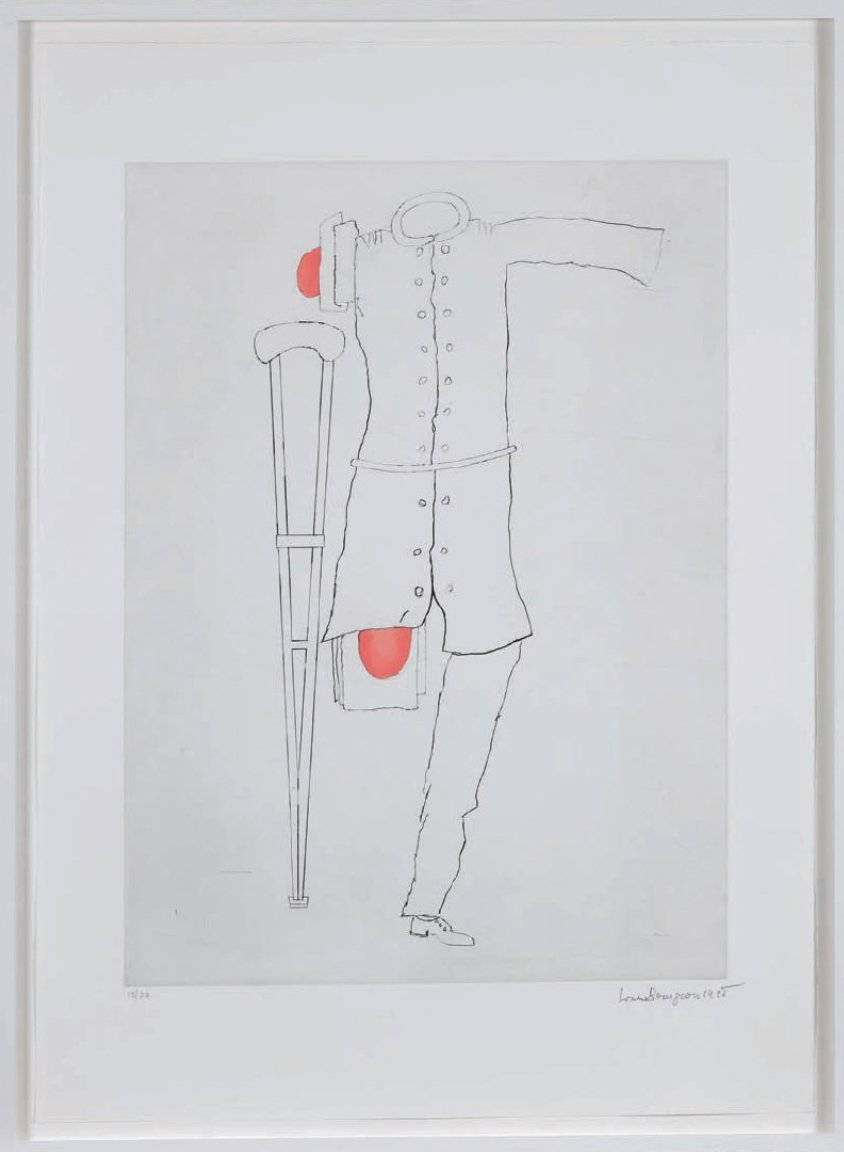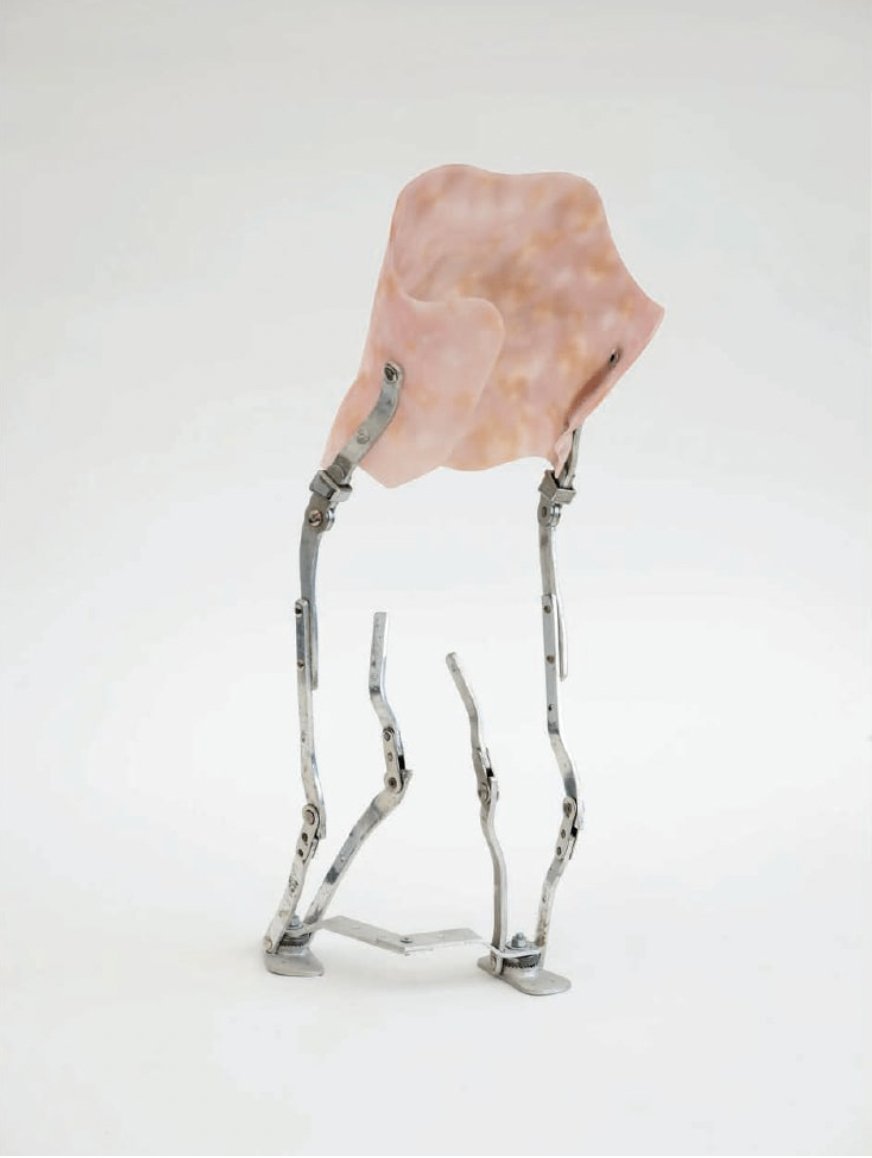Micki Meng’s gallery viewing encourages viewers to look above, behind, and below Nam June Paik’s allegorical work
Photo credit: Graham Holoch
text by Maisie McDermid
Friends Indeed, a storefront gallery between San Francisco's Chinatown and Financial District, is housing a Nam June Paik dollhouse. Tangled cords drape from the house's backside, with ten miniature, '90s TV sets placed into its windows. The pixelated footage loops four scenes from Alfred Hitchcock's classic Rear Window, teasing visitors into thinking they're glimpsing into private moments inside the plaster-painted dollhouse.
The sculpture, like the film, is about a stranger peering into private spaces, says curator John Morace. "It becomes a kind of hall of mirrors."
Paik, widely known as the founder of video art, grew up in Seoul, Korea. From a young age, he studied piano and composition, later moving to Japan where he studied aesthetics at the University of Tokyo with a focus on composer Arnold Schoenberg. After further music history studies at Munich University and a brief return to Tokyo – where he bought his first Sony Portapak and joined the avant-garde art movement, Fluxus – Paik emigrated to the United States where he lived in New York City and eventually died in Miami, Florida in 2006. Although most of his art manifests in digital formats – video sculptures, performances, installations, and television productions – his paintings and drawings also reveal his interests in how humans connect.
Rear Window (Hitchcock Dollhouse) is one among three other Paik pieces – Untitled (small painting with film strip jewelry), Untitled (Toy Robots), and Untitled (Allen Ginsberg) – being showcased at Friends Indeed. Visitors walk through the space opening closet doors and peeking behind black curtains at either one of Paik’s detailed paintings or a laser-generated, neon photograph. The works vary in their approaches to perception and play. All – including the six others available for viewing upon request – are on consignment from the owners and available for sale to other collectors or institutions.
In its voyeuristic slant, Rear Window (Hitchcock Dollhouse) combines questions both Hitchcock and Paik ask of viewers who stare into the “windows” of either a screen or a house. "Rear Window itself is a very interesting film because it is about viewing and viewership – who's viewing whom, and under what circumstances. This is one of the themes that Paik has always worked with – how we communicate and how information is passed between people," said Morace.
Photo Credit: Graham Holoch
Between Alan Ginsberg's vibrating, laser-generated photograph and the toy robots splattered onto a doodled canvas, Paik made art silly, professionally. He celebrated tasteful fun.
"What a subtle little thing for him to show us," Morace said, reacting to some inch-sized black brushstrokes at the bottom of Untitled (small painting with film strip jewelry). "You know, he's communicating in his Fluxus way by mixing media that was around him. Paint, jewelry, life, and art are all together in this one tiny piece. Look at those little black birds on the bottom, they are a motif he's used in many works – like flying TVs – and it links beautifully to his entire body of work."
In other public displays of Rear Window (Hitchcock Dollhouse), curators have concealed the many wires, dials, and plugs spilling from the house. "It's like an octopus of cables with all sorts of different colors and widths, and you're like, oh my god," Morace joked. Paik envisioned the lives of his sculptures beyond their years. "He had this theory that if the technology improved, and his piece was going to be up again, you could move the technology forward. So if it went from cathode ray tubes to LCD screens, you could update it as long as it didn't affect the work's physical manifestation." But Morace and co-curator Mickie Meng, unlike other curators who may have likened the “guts” to a distraction, believe the “guts” are the piece’s purpose. Viewers, therefore, peek into the principal theme of peeking.
The combination of both video and traditional fine art in Nam June Paik: Rear Window’s collection is what makes the showing of these four works – which have never been displayed together – particularly interesting. Not all of Paik's work buzzes, flashes, and sparks. Some of his most sincere art exists on paper. After suffering from a stroke in 1996, he spent much of his remaining decade in a wheelchair.
"His dealer at the time, Holly Solomon, visited him in the hospital and brought him paper, crayons, and these oil stick colors to give him something to amuse himself. She was doing it to say, ‘Hey, you are still you, and you can go on,’" said Morace. His drawings draw-up dimensions through his use of layering and pressure shading techniques. Untitled (a small painting with film strip jewelry) features a bedazzled film strip with empty photo slots. Paik used the spaces to fill in his own storyboard: a blank face in one, a smiling face in two, a mysterious face in three, and two faces in the fourth above the word "kiss." Even on canvas, Paik could tell a moving story.
"I hope the work nudges people to think about art in a broader way than is typical of many people today when they're really focused on painting. I encourage people to say, 'Wow, I can get some pleasure, enjoyment, and some satisfaction from seeing this video, these sculptural objects, and these weird hybrid paintings with toys stuck on them,’" said Morace.
Nam June Paik: Rear Window will be on display at Friends Indeed from March 13, 2025 to May 02, 2025.








